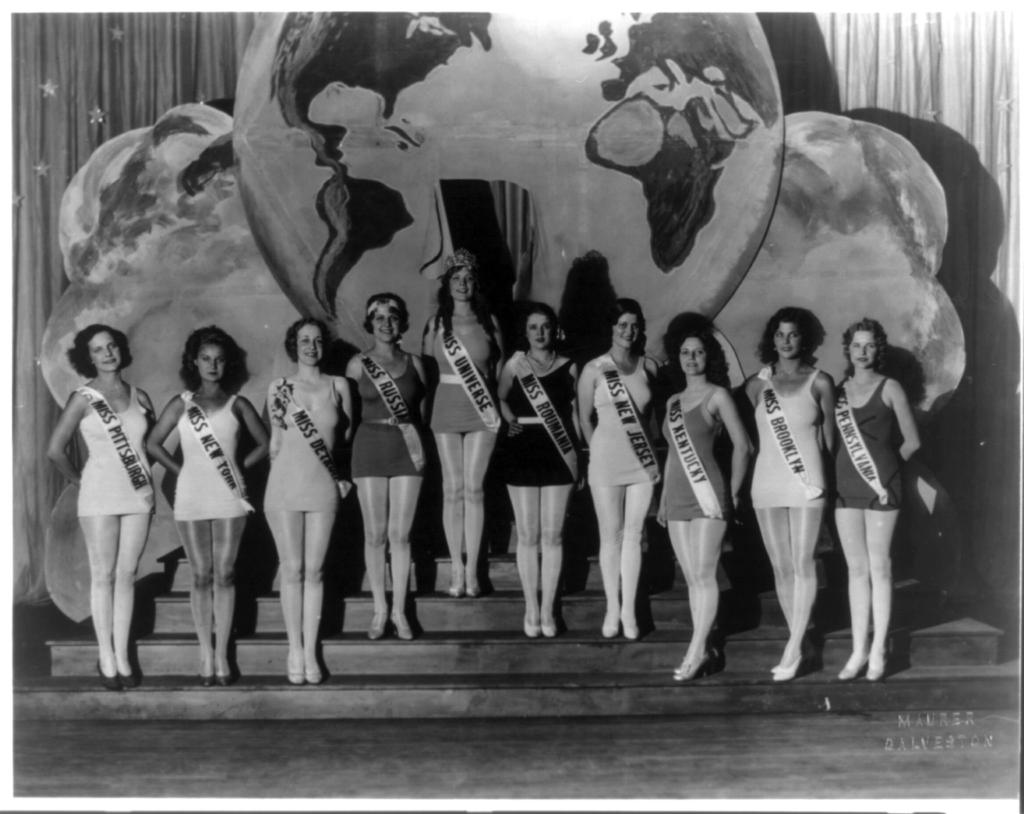
Picking Winners, Avoiding Losers: Investing Psychology
Investing is all about having a portfolio with more winners than losers. Remember our visit to the race track in chapter One? We learned that it isn’t about winning all of the races, it is about achieving a risk adjusted positive return on investment.
In order to achieve this objective it is necessary to properly analyze every investment opportunity. However, human nature is a peculiar thing and often encourages us to act irrationally. Accordingly, gaining a better understanding of investing psychology is the best way to solve this problem. It is a field of study known as behavioural economics.
The term “behavioural economics” is relatively new, having become popularised in the writings of Nobel Prize winning economists Richard Thaler and Daniel Kahneman. However, one of the single best chapters on behavioural finance pre-dates both of these gentlemen. It was written by John Maynard Keynes in his 1936 book ‘The General Theory of Employment, Interest and Money‘.
What is the Keynesian Beauty Contest?
Keynes described investor behaviour in terms of a beauty contest. As always in such pageants the girl with the most judges votes wins, but in Keynes version only the judges that voted for the winner are financially remunerated – all other judges receive nothing.
As a judge, your instinct is not to pick the girl you deem to be the prettiest and most worthy, but instead you will pick the girl that you believe most of the other judges will select. Your behaviour has been influenced by the economics of the situation.
So if the fashion is for voluptuous blondes each judge will assume that the other judges will vote for the girl matching that description and so vote the same way. The result is that the winner is likely to be less worthy than one or more of the other contestants.

We see the same behaviour in the stock-market everyday. Think about Bitcoin, an imaginary asset existing as a piece of binary code somewhere in cyberspace. Unlike an investment in a company in which you are entitled to a share of its profits, Bitcoin doesn’t produce profits. It is what we call a non-value producing asset. So why do people buy Bitcoin? Is it not because it is fashionable and they believe that other investors will buy it thereby inflating the price? Just like the Keynesian beauty contest people are not buying the most worthy asset, they are buying the asset that they believe most other people will buy.
Business First, Not Price First
Investing needs to be on a ‘business first’ basis rather than making decisions by putting ‘price first’.
Many amateur investors will witness a stock fall from $100 down to $1 and think to themselves, “This is a bargain, buy the dip and wait for a recovery.” What they don’t seem to understand is that whatever made the stock fall so precipitously may in fact ultimately drive the price to zero and that would result in a 100% loss even after buying at a mere $1.
The most important part about investing is not the entry price, it is the quality of the business in which one invests and its future prospects.
“It’s far better to buy a wonderful company at a fair price than a fair company at a wonderful price.”
Warren Buffett
Expectation Investing
Many investors with an analytical mind look at recent history and try to use it to project forward. So if a company has grown at 15% per year for the past few years, they simply assume that this trend will continue.
This approach is flawed. By way of example, take a new company with a single customer. When it wins its second customer it has grown 100%. Fast forward a couple of years and it may now have one million customers. Now it is far more difficult to grow at 100%.
A better approach is not to look backwards, but to think backwards. Look at the price of an investment today and ask yourself what that price implies about the company in the future and whether that scenario is realistic.
Tesla is a great example. Over the period 2020-2021 investors adopted a ‘Keynesian Beauty Contest’ mindset which drove the share price up to eye-watering levels. Those that bought on this basis made nice profits as wave after wave of new investor pushed the price still higher. This is known in the markets as the ‘greater fool theory’ which states that it doesn’t matter what price you pay for an asset, provided that a greater fool will subsequently pay a higher price. This behaviour results in a short term confirmation bias leading investors to think that they were doing the right thing and encouraging them to continue.
This is a dangerous game. It reminds me of the Roadrunner cartoons that I watched as a child in which Wile E. Coyote runs on thin air before understanding that there is in fact nothing holding him up.

One needs to invest based on solid foundations not speculate that others will artificially inflate an asset price before realising too late that you are running on thin air!
Adopting the ‘thinking backwards’ approach results in a very different outcome. Tesla accounted for less than 1% of all cars manufactured globally and yet its shares implied that the company was worth more than all the companies that make the other 99% combined. To put that in context, imagine that a genie in a bottle says to you that he’ll grant you a wish – you have the choice of owning the company Tesla outright, or instead you could own all of these companies: Toyota, Bentley, Rolls Royce, Jaguar, Land Rover, Ferrari, Lamborghini, Porsche, Bugatti, Volkswagen, Mercedes, BMW, Fiat, Citroen, Peugeot, Renault, Subaru, Mitsubishi, Nissan, Honda, General Motors, Ford, etc. Which would you choose?
This is exactly the same choice that people investing in Tesla had and yet so many opted for Tesla! They suffered from confirmation bias and the belief that recent history would continue ad-infinitum. Had they thought backwards to work out what the share price actually implied they would have reached a very different conclusion (as we did).
“It really works to tackle much of life by inversion where you just twist the thing around backwards and answer it that way. Problems look so difficult but if you turn them around they are quickly solved.”
Charlie Munger
Its not that Tesla is a bad company, just that it makes no sense as an investment if the price isn’t right. Remember back to chapter Three when we discussed why price matters. We also discussed in chapter Two, in which we met Mr Market, that we are not interested in his wisdom merely the opportunity to profit from his mistakes. In other words, don’t follow other investors, be smart.
Thinking backwards forces objectivity. Take your initial assumption and say, ‘Let’s try to disprove it’. That is not what most people do with their initial assumptions. They try to confirm it. It’s an automatic tendency in psychology – often called ‘first-conclusion bias’.
The Rock and Turner Partnership looks for great businesses but then it focuses not on reasons to invest, but on reasons to reject buying the stock. We first seek answers to questions such as: ‘How does the business work?’ and ‘Why does this opportunity exist?’ Then we ask, ‘What if?’ Successful investing is as much about finding winners as it is about avoiding losers, so we invert a favourable thesis so as to see it through less rose-coloured lenses, all of which hopefully limits negative surprises.
